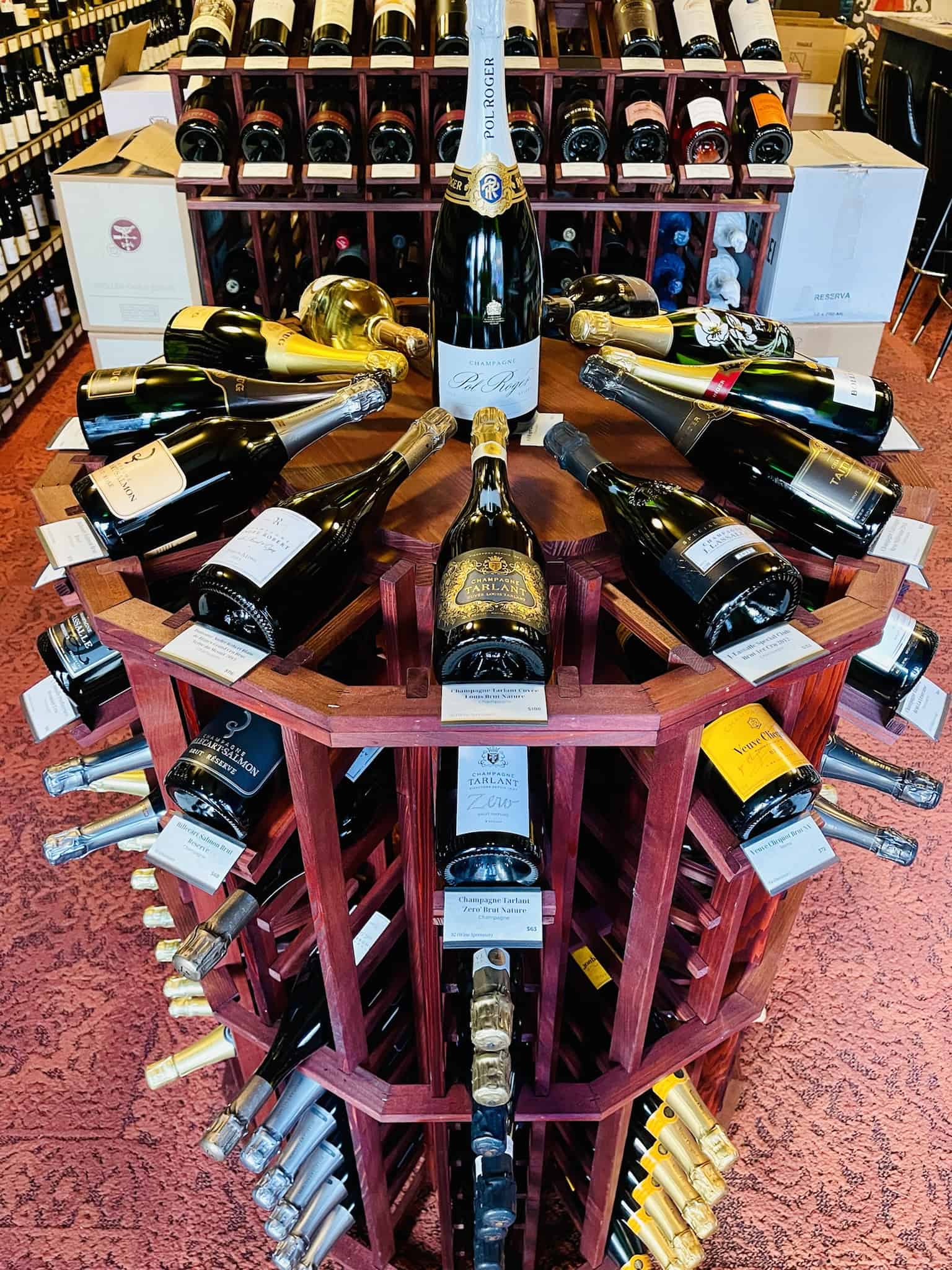
GEOGRAPHY
In France, the Appellation d’Origine Contrôlée (AOC) system defines wine growing areas. Wines must meet specific criteria to meet an AOC’s standard. Some of France’s broad geographic wine regions contain multiple AOCs within their borders. In the Champagne region, there is only one AOC – Champagne.
As noted above, there are 320 different villages within Champagne. The best villages (17) are given Grand Cru status; another 42 are designated Premier Cru. Despite its singular AOC, Champagne includes five distinct vineyard areas. They are Montagne de Reims (Mountain of Reims); Côte des Blanc (White Hills); Vallée de la Marne (Marne Valley); Côte de Sèzanne; and Aube orCôte des Bar. Though they share similar characteristics, each has its own unique identity.
Montagne de Reims
Located in the northeastern part of the region near the city of Reims. The chalky soil is very deep here, and most slopes are southern facing. The primary grape is Pinot Noir.
Côte des Blancs
Just south of Montagne de Reims, the “white hills” area grows Chardonnay on its eastern facing slopes.
Vallée de la Marne
The Marne River flows through this valley and grapes grow on both riverbanks. The higher humidity and more clay in the soil creates favorable growing conditions for Pinot Meunier.
Côte de Sèzanne
Sometimes considered an extension of Côte des Blanc (it lies just south), this area also plants primarily Chardonnay. Its slightly more southern position results in grapes that are a touch riper and fruitier than those in Côte des Blanc
Aube or Côte des Bar
This southern area is closer to Chablis than it is to the rest of Champagne and primarily grows Pinot Noir. Traditionally growers here sent their grapes to the larger Champagne houses to the north. In the last several years the area has come into its own as growers have begun to make their own champagnes.
CLIMATE
Champagne is located in northern France, about 90 miles away from Paris. The region sits at the northern most edge of where wine grapes can grow. The average temperature is 50 Fahrenheit, which is the bare minimum for photosynthesis to occur. This cooler climate means grapes typically ripen slowly, with lower natural sugars and higher acidity.
GEOLOGY
The soil in Champagne is mostly limestone. A substantial portion of this is a specific type of limestone called chalk. Chalky soil is fine grained and porous, facilitating easy drainage. Since the water drains easily, roots grow deeper in search of water. A deeper root means a more secure plant. Chalk can also function as a reservoir, holding water that the vines can access during drier spells. Chalk is composed mainly of calcium carbonate that comes from the shells of marine animals. Millions of years ago, the northern part of France (as well as part of England) was covered by a shallow sea. When the waters receded, mineral deposits and fossils were left behind. The former sea creatures became the white chalky soil that Champagne is known for. There is even a museum dedicated to these fossils!
1304 W Alturas St
Boise, ID 83702
(208) 385-0250
Open Tuesday – Saturday
11 a.m. – 9 p.m.
info@buywinenow.com